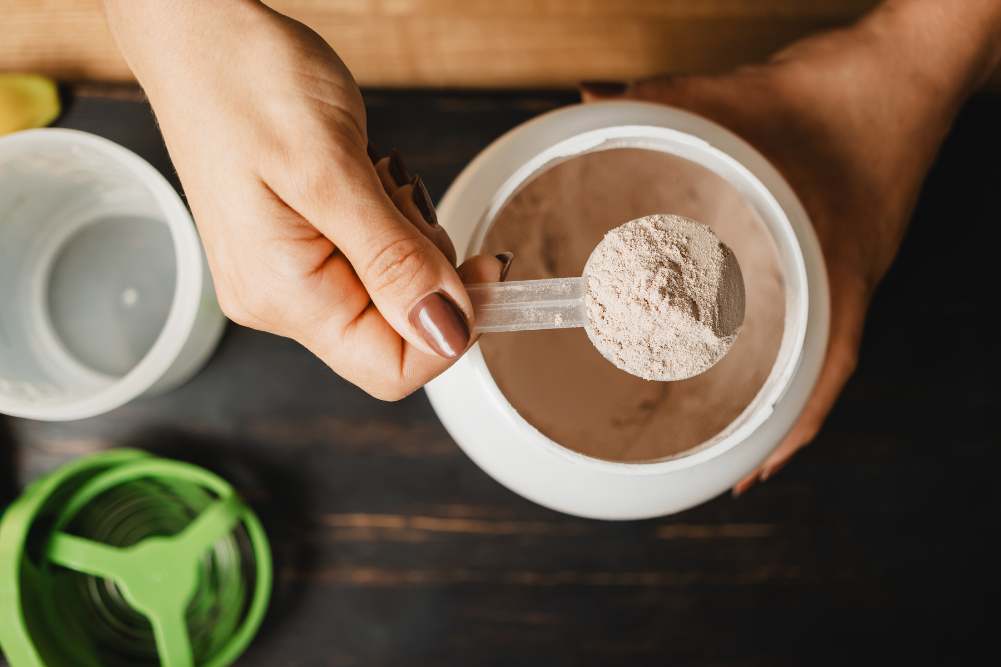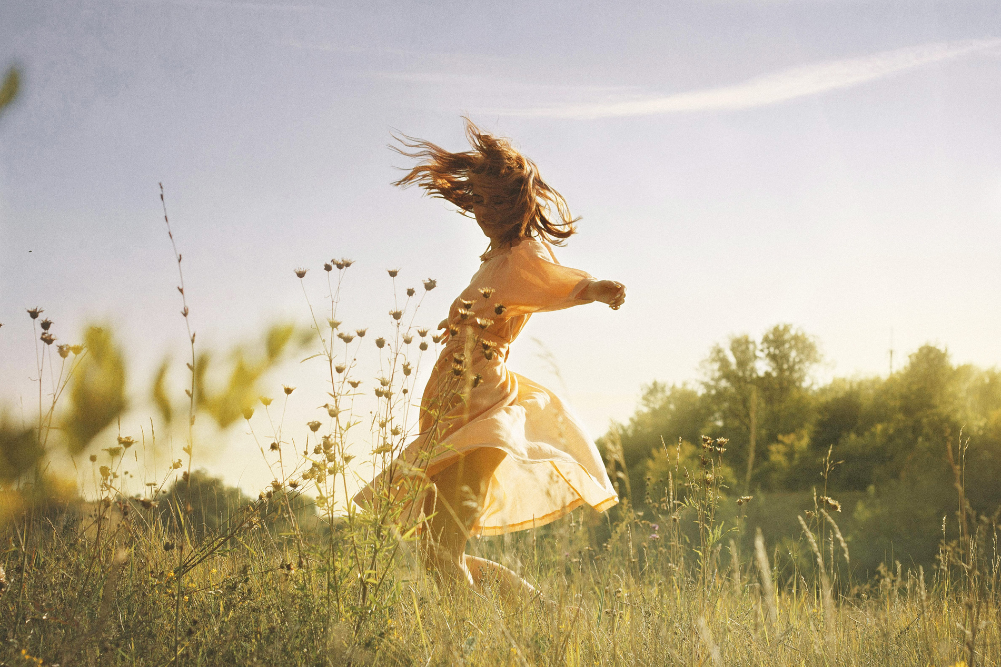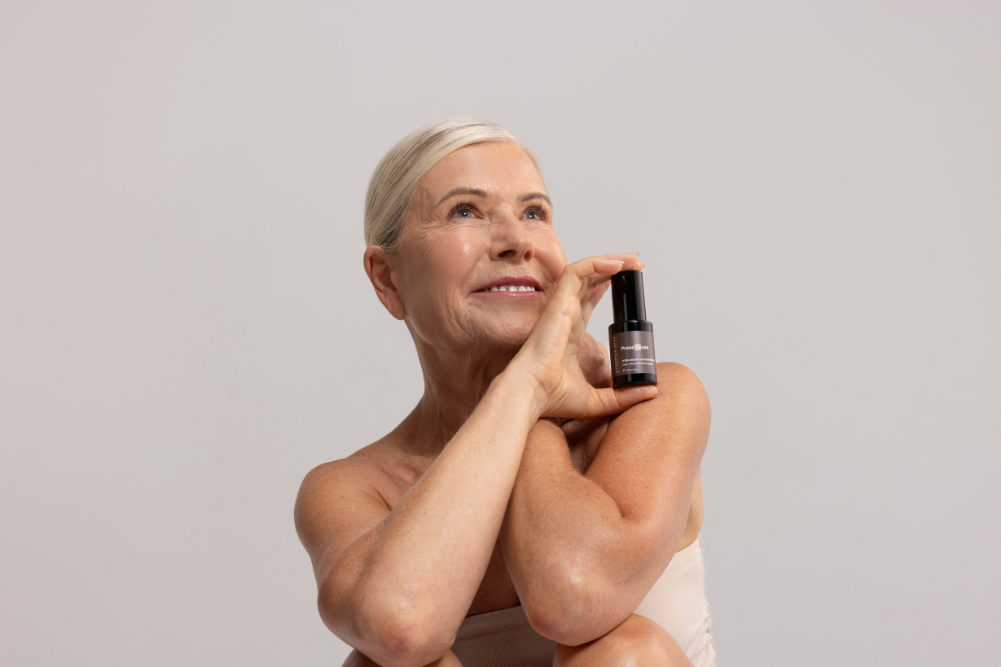Yoga for a flexible mind
From the world of neuroscience to yogic philosophy, a flexible mind is seen as intrinsically linked to our happiness and wellbeing. At a time in history when it feels like the world is increasingly divided with the rise of populism and fundamentalism, understanding the negative impact of dogmatic thinking and the positive effect of more flexible thinking is more relevant than ever.
Neuroscience
Neuroscience and psychology highlight the importance of “cognitive flexibility”, or the capacity to cope with the eternally changing landscape of the world around us, and switch from one task to another adjusting our behaviour accordingly. In a universe where multitasking is the norm and most of us wear an abundance of hats and juggle a plethora of roles, our need to harness this ability is imperative. Good cognitive flexibility has been linked to multiple positive outcomes at all stages of life, with benefits such as improved reading in children, increased resilience, greater creativity and better quality of life. In contrast, studies show that that there is a significant negative correlation between dogmatic thinking and happiness.
In terms of how critical a flexible mind actually is, a recent study on the importance of mental flexibility and dynamic brain networks in 2022 concluded, “It may be difficult to overstate the importance of [brain] network flexibility … there may be few things more impactful than obtaining a better understanding of the factors contributing to the abilities of systems to adapt in a complex, uncertain, and constantly changing world.”
The perspective of yoga
Yoga Sutra 1.2: Yogash citta vritti nirodah
Similarly, the yoga philosophy shares this view. It teaches that a disciplined yet flexible mind is the key to less suffering and more peace. Patanjali tells us in Yoga Sutra 1.2 the mind (citta) whirls in a rotational way (vrt). The thoughts go around and around, getting stuck in a loop, almost like an electrical circuit. To obtain a state of yoga, the job of the yogi is to stop (nirodah) or interrupt that circuit. Right at the beginning of this profound manual on how to become whole again, he tells us that the practice of yoga involves un-sticking the stuck-ness of the mind. It is the process of noticing and then undoing the fierce and stubborn attachment to our thoughts, so that we move away from rigidity and dogmatic thinking towards a free-flowing and open mind. Yogic practices such as concentration and meditation allow us to start this process observing the patterns and tendencies of the mind, so we can soften the unhealthy attachment to our thoughts.
Yoga Sutra 2:33: Vitarka Badhane Pratipaksha Bhavanam
One antidote Patanjali gives to counter an inflexible mind is in Yoga Sutra 2:33. When disturbed by disturbing thoughts, think of the opposite. The idea is not to engage in toxic positivity, denying feelings or experiences — rather to always be turning things on their head, upside down, constantly seeking a new perspective. When we stay open-minded in this way, we are more likely see another’s point of view, find solutions to problems that seemed unsolvable and break the circuit when are caught up in the whirlings, or vrittis, of the mind. In the asana practice, the inversions are a great way to experience this physically, turning the world upside down to give an entirely new perspective.
Yoga Sutra 1:33: Maitrī karuṇā mudito-pekṣāṇāṁ-sukha-duḥkha puṇya-apuṇya-viṣayāṇāṁ bhāvanātaḥ citta-prasādanam
In Yoga Sutra 1:33, Patanjali gives us the four keys to preserve our mental serenity. He invites us to be happy for those who are happy, compassionate to those who are unhappy, delighted for the virtuous and neutral to those we perceive as being wicked. Swami Vikananda says that most of the difficulties in our lives arise because we cannot hold our minds in this way. Our capacity to practise these four keys provides immense self-knowledge of where we are stuck and where have work to. Noticing our inability to feel genuine joy, for example, and instead getting stuck in resentment or jealousy when we see someone happy, is a powerful practice. It shines a light on how our mind is trapped in a certain way of thinking. Instead of staying in the jealousy and resentment, what if we got curious and contemplated what is sitting under those thoughts and feelings? Maybe we need to flip things and try to see it from another perspective. Maybe it shines a light on the fact that we need to make change in our own lives, so we can then take conscious action to do so. What better place to pour our time and energy than changing our own lives for the better, rather than resenting others who have done so? Ultimately we can then better serve those we love.
The kleshas
Another antidote Patanjali gives us is the kleshas or afflictions. Noticing when we get caught up in the ego, when we want to be right or when we have unhealthy attachment or aversion to people, places, things and experiences shines a light on areas we are mentally stuck in. There’s nothing wrong with loving people or disliking eggplant for example (I only like it with a miso sauce Japanese-style), but when those attachments turn into clinging and aversions turn into hatred, the mind starts to harden and get rigid. We don’t beat ourselves up when they arise. Rather we get curious about how we can keep softening, growing and staying in the flow of life so the mind can bend like the supple branches of a tree in the wind of constant change, instead of breaking.
Mind–body and energy connection
Research has shown that the mind–body connection is firmly built into the brain. The pathways between our thoughts and the physical body are intrinsically linked. Even when we are daydreaming, or when we find our minds racing, lost in thought or imagination, neurons get fired up and the physical body receives the chemicals and signals as though it’s happening in real time. Stuck, negative thoughts have been observed to create anger and stress, which consequently reduces lifespan, as it shortens our telomeres, the part of our DNA that protects our genetic data. We cannot think without impacting our physical form, and vice versa. Exercise and regular physical activity have been shown to increase neuroplasticity and mental flexibility, in addition to many other substantial benefits for the brain, including increasing blood flow, improving memory and reducing depression and anxiety.
Yoga physiology
The yoga physiology also provides several models of this integrated understanding that we are made up of mental, energetic and physical tiers that all affect one another. The chakra system suggests that different energy centres in the body reflect our relative ease or dis-ease in the world, as they are the lenses through which perceive our relationships and everything around us. When we get stuck in inflexible thinking, we get blocked in the corresponding chakra, creating illness and stagnation, not living to our true potential or experiencing our full vitality. The framework of the koshas suggests we are made up of different layers which represent the mental, energetic, physical and bliss bodies. According to the yoga physiology, everything you think impacts all aspects of your wellbeing.
The Eight Limbs begin with the roots of the mind
Due to this understanding, Patanjali gives us the eight limbs in the second pada of the Yoga Sutra. They describe the importance of practising yoga as a holistic process, but he starts with the mind. The first two limbs, yama (restraint) and niyama (observances), suggest that it is only through observing our ethics and behaviours towards ourselves and others that we can really practise yoga and ultimately change our life. The very first yama is ahimsa or compassion and non-violence. The key to ahimsa is non-judgemental, unconditional kindness and empathy, which is impossible with a dogmatic mind. It’s not to say all the other limbs aren’t equally important. Doing the physical practice (asana), restraining and freeing the breath and our energy (pranayama), withdrawing and controlling the senses from always moving outwards (pratyahara), concentrating (dharana) and meditating (dhyana) so that we can finally surrendering to bliss (samadhi) are all vital limbs to experience freedom. This integrated approach allows us to fully experience our true nature which is joy. But if we don’t start with a kind, non-judgemental, compassionate, honest, generous, non-attached, free and open mind, it doesn’t matter how many breathwork classes we do, or how many rings we complete on our smart watches from hours of sun salutes and handstands, we will not experience true peace.
Jade Clark, Traditional Chinese Medicine educator, says that TCM has a similar understanding. “In TCM we say the mind follows the qi. The TCM practices allow the free flow of qi in the body ensure the mind doesn’t fixate, stagnate or become obsessive.”
Fixed, stagnant philosophy and thinking is not the key to happiness; a lithe and malleable mind is. When our mental, energetic and physical realms are in flow, we will also be.
Meditation
Choose a comfortable seat. Sit tall through the spine with making it stiff or rigid. Watch the breath moving in and out of the nostrils. If the mind wanders, keep bringing awareness back to the breath. Observe how it is constantly changing, beginning, sustaining, ending, beginning again. Notice how our thoughts as they arise are doing the same. Can we allow the mind to be like this too, always fresh, ready to see things as a beginner, again and again. Can we allow the people around us have this freedom too? To change and grow, so we never see them as something fixed, rather we meet them as they are, as we are, in each unique moment.
Yoga sequence
The practice below stretches all parts of the body and provides some inversion practice to physically turn things upside down.
Crescent lunge: Stretches psoas line and hip flexors.
From standing step left foot back, setting right knee over heel and left hip over knee. Pick the pelvis up so you are stretching front of left hip. Either keep the knee down or extend the back leg, trying to keep the pelvis lifted as you do. Keep back heel over ball of foot. Interlace fingers behind the back and open the heart as you slide wrists down the back leg. Take five breaths and over to the other side.
Trikonasana: Stretches side body, hamstrings and hips.
Step feet about one legs distance or so apart. Front toes point forward, back toes turning in slightly in line with back knee. Place hand on block or shin and wrap ribs around to face the side. Take five breaths and swap legs.
Anahatasana: Stretches the chest, shoulders and back body.
Start on all fours. Leave hips over knees, but walk hands forward and place forehead or chin on earth. Take five breaths.
Dolphin pose: Stretches shoulders, hamstrings and prepares body for inversions.
Start on all fours. Place forearms on earth shoulder width apart. Lift shoulders out of wrists. Walk the feet towards the head without shoulders moving forward. Lift heels up to shift weight into forearms. Take five breaths.
Downward dog with add-ons for Handstand: Stretches shoulders, hamstrings and prepares body for inversions.
Start on all fours. Set wrist line in front of shoulder line. Tuck toes and extend legs. Stay here or keeping hips even lift right leg up. Stay here for a few breaths and swap. If you want a little stronger prep for handstand, set on all fours with feet against wall, hips over knees and wrists just in front of shoulders. Tuck toes and extend legs. Stay here or climb right ball of foot up wall in line with hips. Stay here or press right foot into wall and lift left leg so feet are hep width apart on wall and hips over knees over shoulders over wrists. Take five breaths and come down.
Gomukhasana: Stretches shoulders, hips, ankles, whole body.
Start seated with legs extended. Bend right knee and cross right knee over left, then wrap right heel around to outer edge of left hip, bend left knee and take left heel outer edge of right hip. Elevate seat with a block if both sit bones don’t connect to earth equally. Reach right arm up, bend right elbow and take fingers behind back. Internally rotate left arm, bend the elbow and try to reach right hand with left. You can hold a strap if needed or just hold right elbow with left hand. Take five breaths. Release slowly unravelling arms. Swap to the other side.
Sukhasana: Stretches hips and back body.
Cross legs so right shin is in front and shins are parallel. Stay upright or hinge forward from the hips, keeping spine long. Take five breaths. Sit upright once more, swap legs and over to the other side.
Upavistha konasana: Stretches inner thighs, lower back, hamstrings.
Extend legs wide, flexing feet back to engage legs. Keep spine long and fold forward. Take five breaths.
Janu sirsasana: Stretches hamstrings, inner thigh, side body, ankles, hips, twist.
Extend both legs, bend right knee, let the knee fall out to the side and let the sole of the right foot snuggle up into left inner thigh. Catch left foot or use a strap around ball of foot to do so. Spin ribs over left leg and fold forward over the left leg. Support right knee if you feel it in the knee at all. Take five breaths and swap sides.
Supported bridge — Viparita karani: Stretches back and a restorative inversion.
Lying on back, lift hips up and place a block or bolster under pelvis on the highest setting you can. Allow the pelvis to melt down into the block. Take five breaths. Stay here or reach legs up to sky for an inversion. Take five breaths. Place feet back down, lift pelvis up and remove blocks.
Supine twist: Lying on back, knees together or feet mat width apart drop knees over to left, twist body to right and try to keep shoulders grounding down. Five breaths and swap sides.










